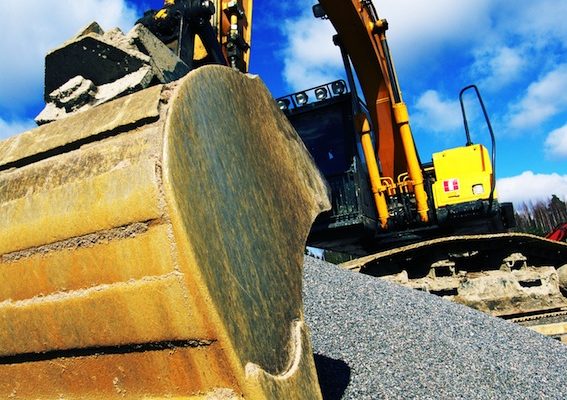This study explores the impact of prevailing wage laws (PWLs) on tax revenues and government assistance. The analysis has resulted in the following key findings:
Prevailing wage laws support the local economy.
- Prevailing wage laws build local middle-class jobs by paying a living wage and protecting the use of in-state contractors.
- Prevailing wage laws drive economic development through increased consumer demand. Workers making a decent living spend locally, driving the need for additional employment in local businesses.
- Prevailing wage laws are they best deal for taxpayers. Prevailing wage projects are done right the first time, on time and within budget. Workers receiving the prevailing wage pay more in taxes (protecting the tax base) and are less dependent on government assistance subsidized by taxpayers.
Prevailing wage laws contribute to government budgets.
- Construction workers earn an average income (from wages) of $29,984 per year in non-PWL states and $32,064 per year in PWL states.
- Better wages mean a stronger tax base, helping policy makers balance budgets without the need to raise taxes.
- While construction workers earn 8.0 percent more in PWL states than their counterparts in non-PWL states, they contribute 35.7 percent more in after-credit federal income taxes.
- Construction workers in PWL states account for 75.4 percent of all federal income tax revenues after credits and deductions, 71.8 percent of after-credit state income taxes, and 77.4 percent of property taxes contributed by blue-collar construction workers.
Taxpayers subsidize the low-wage, low-skill, low-quality system in non-PWL states.
- Construction workers in non-PWL states account for just 24.6 percent of after-credit federal income tax revenues. By contrast, they receive disproportionately more government assistance: they get 33.0 percent of all Earned Income Tax Credit (EITC) assistance and 31.8 percent of all food stamp benefits paid to blue-collar construction workers.
- Due to lower rates of health insurance and retirement coverage, the absence of a PWL also increases construction worker reliance on government programs during times of illness, injury, and old age. This can be, for example, emergency room care subsidized by the taxpayer.
- Construction workers in non-PWL states receive $0.603 in non-health, non-retirement government assistance per dollar of federal income tax contributions compared to $0.580 per dollar for PWL workers. The comparable figures are $0.543 per dollar in Indiana and $0.272 per dollar in Illinois.
- Higher percentages of construction workers in non-PWL states have no health insurance coverage (45.0 percent to 40.9 percent) and no pension plan at work (77.8 percent to 72.2 percent).
- Higher percentages of construction workers in non-PWL states live in public housing (2.2 percent to 1.8 percent) and receive food stamps (12.3 percent to 10.7 percent) at the expense of the taxpayer.
Prevailing wage laws are the best deal for taxpayers. A PWL keeps construction costs down by promoting a high-skilled, high-quality construction workforce that completes jobs on time, the first time. A PWL also supports in-state contractors and builds local middle-class jobs while driving economic development. Ultimately, prevailing wage laws protect worker incomes and raise tax revenues while reducing reliance on government assistance. Prevailing wage laws should be enacted or strengthened in states across America to protect the middle class and support strong budgets.

